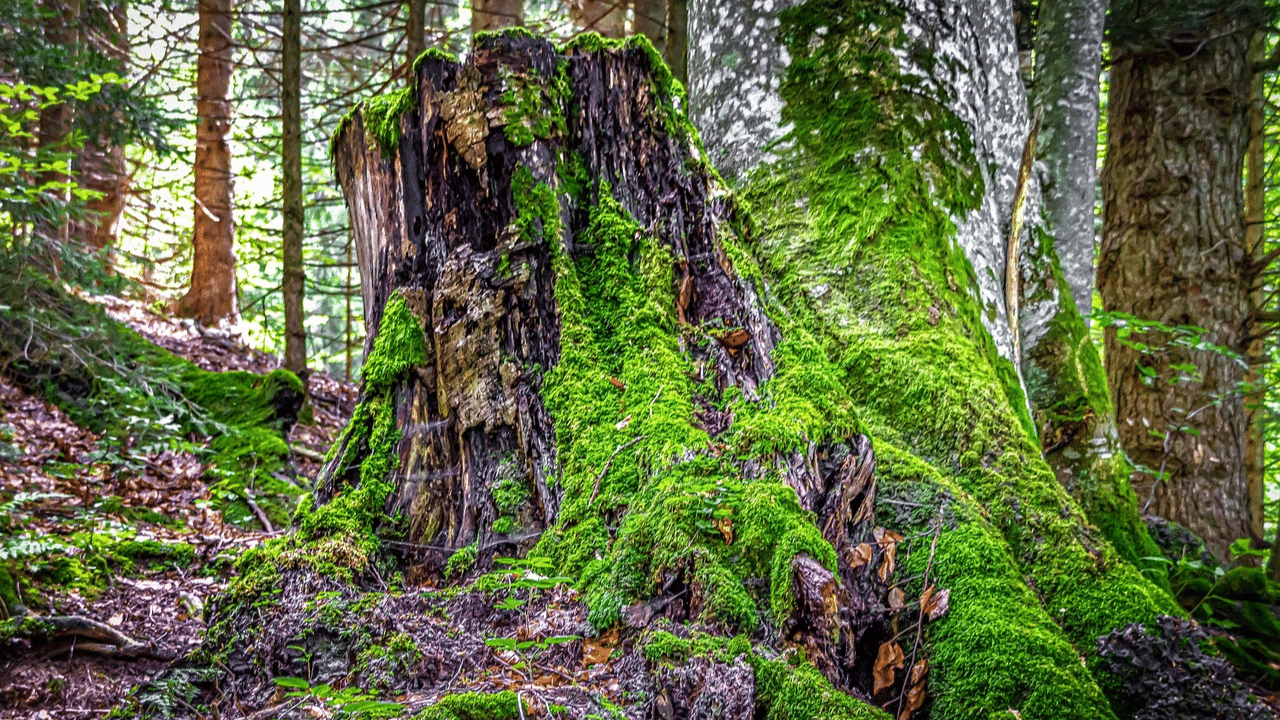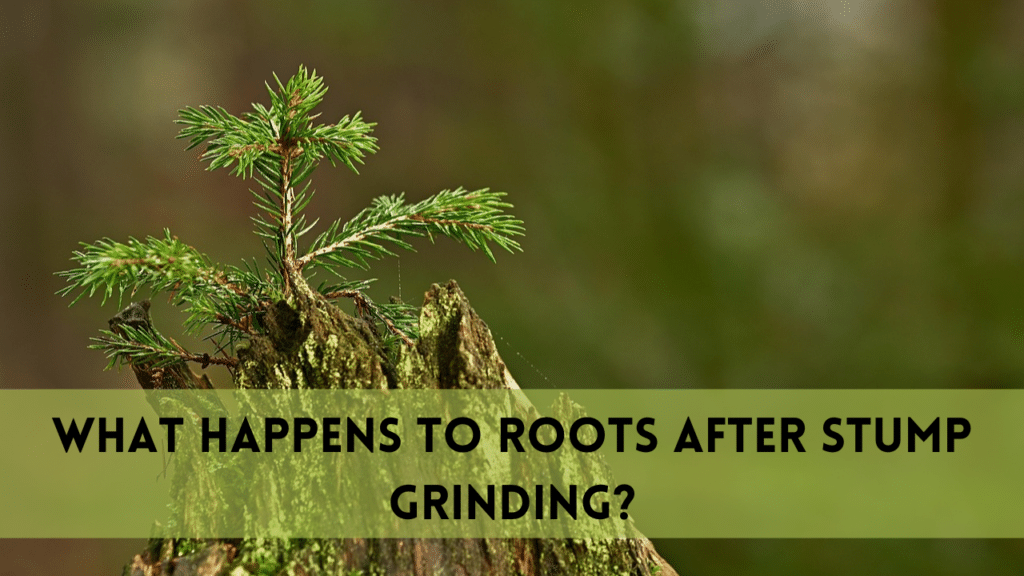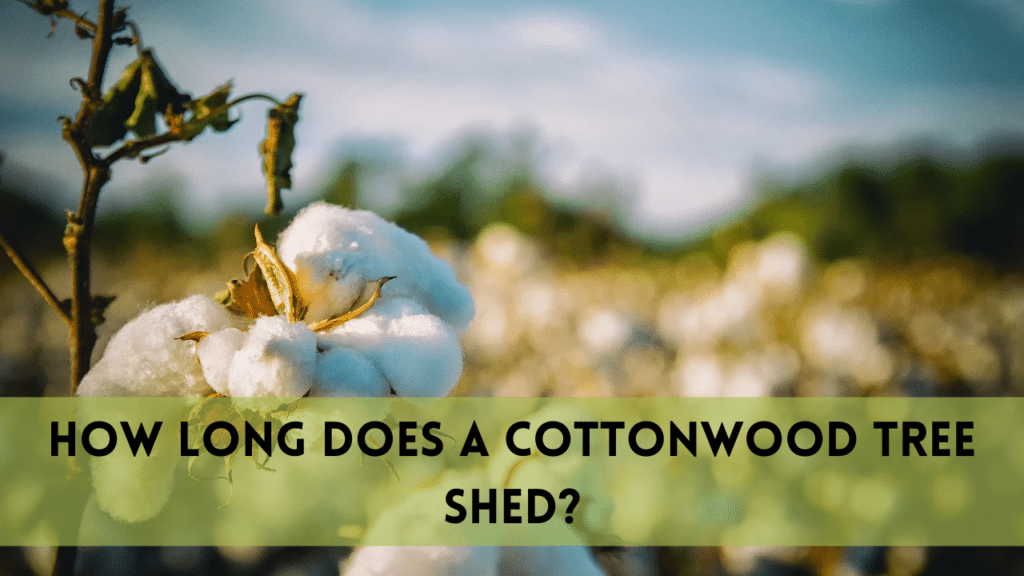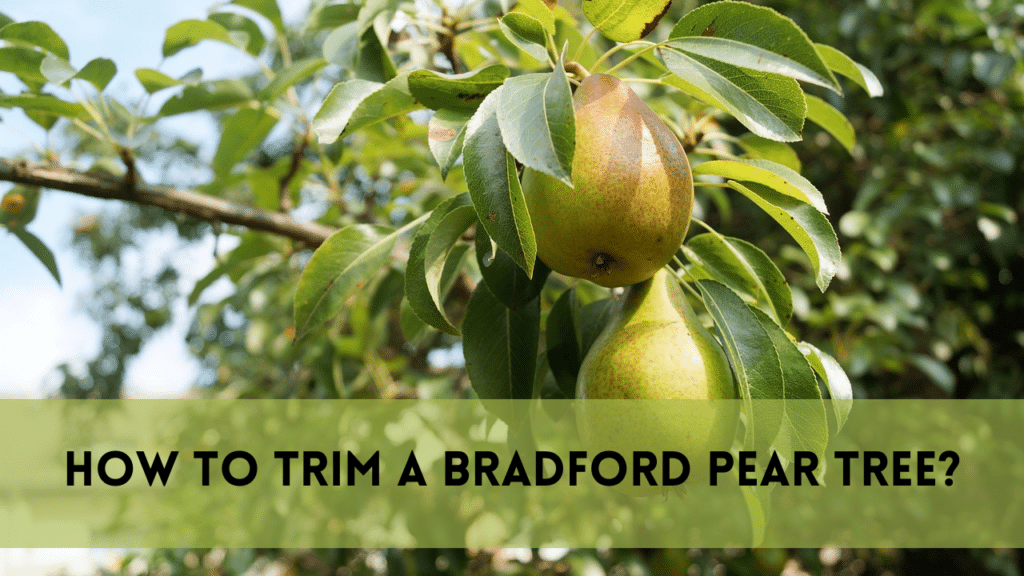Have you ever wondered what happens to roots after stump grinding? The process of stump grinding is undoubtedly a transformative one, but what happens to roots after stump grinding is a captivating journey that often goes unnoticed. Let’s delve into the intricate world of roots and explore the aftermath of stump grinding.
Understanding Stump Grinding
Stump grinding, the mechanical method of tree stump removal, involves a powerful stump grinder that turns the once sturdy stump into wood chips. While this process effectively eliminates the visible remains, the hidden underground network of roots continues to play a crucial role.
What Happens to Roots after Stump Grinding
As the grinding machine does its job, the stump gradually disappears, leaving behind only a mulch-like residue. However, what about the labyrinth of roots that once anchored the tree? Contrary to popular belief, the story doesn’t end here.
Root Decomposition after Grinding
Post-stump grinding, the subterranean roots undergo a natural decomposition process. These resilient roots, deprived of their above-ground companion, embark on a journey of breaking down into organic matter. Microorganisms and fungi become key players in this decomposition dance, gradually turning the once robust roots into nutrient-rich soil.
The Microcosm of Decomposition
Imagine the underground microcosm teeming with activity as bacteria and fungi work tirelessly to break down the remnants of the tree’s foundation. The roots, once a lifeline for the tree, now become a source of nourishment for the ecosystem beneath the surface.
Roots Regrowth after Grinding
The transformation of roots doesn’t end with decomposition. Over time, these remnants evolve into a nutrient reservoir, providing sustenance for surrounding vegetation. Nature has its way of recycling, and the former tree roots seamlessly integrate into the circle of life, contributing to the flourishing of new plants.
The Rebirth of Roots
Surprisingly, tree roots after stump grinding, you might witness the emergence of new life. Some tree species possess the ability to regenerate from the roots, giving rise to sprouts and shoots. These resilient offshoots symbolize nature’s unwavering determination to thrive, even in the face of apparent removal.
Underground Ecosystem
As the roots break down and integrate into the soil, they create an underground ecosystem rich in biodiversity. This newly formed environment becomes a haven for various organisms, from insects to microorganisms, fostering a delicate balance that contributes to the overall health of the soil.
Planning for the Future Stump Grinding
For those contemplating stump grinding as part of landscaping efforts, understanding the fate of roots is crucial. The resulting nutrient-rich soil can be a valuable asset for future plantings, turning a seemingly mundane process into an opportunity to enhance your landscape.

Environmental Impact of Stump Grinding
Stump grinding, when viewed through an ecological lens, becomes part of a positive cycle. The decomposition of roots adds to the organic matter in the soil, promoting soil health and contributing to the ecosystem’s resilience. It’s a silent collaboration between human intervention and natural processes.
Impact of Stump Grinding on Roots
While the overall impact on roots after stump grinding beneficial, it’s essential to acknowledge potential challenges. In some cases, certain tree species may exhibit persistent root sprouting, requiring additional measures to prevent regrowth. Understanding the specific characteristics of the tree in question is key to managing post-stump grinding developments.
FAQs
What exactly is stump grinding, and what happens to tree roots after stump grinding?
Stump grinding is a mechanical method of removing tree stumps by grinding them into wood chips. While it effectively eliminates the visible stump, the fate of the roots unfolds beneath the surface through a natural decomposition process.
Do the roots completely disappear after stump grinding?
No, the roots do not vanish entirely. Roots after stump grinding undergo decomposition, breaking down into nutrient-rich soil. This soil then becomes a valuable asset for the surrounding ecosystem.
Can new plants emerge from the remnants of the tree roots?
Yes, in some cases, resilient tree species can regenerate from the roots, giving rise to sprouts and shoots. This unexpected rebirth showcases nature’s ability to adapt and thrive even after apparent removal.
What impact does stump grinding have on the underground ecosystem?
Stump grinding contributes to the creation of a biodiverse underground ecosystem. The decomposing roots foster soil health and become a haven for various organisms, positively impacting the overall environment.
Are there any considerations or challenges to be aware of after stump grinding?
While stump grinding has overall positive effects, some tree species may exhibit persistent root sprouting. Understanding the specific characteristics of the tree is crucial for managing potential challenges and ensuring effective removal.
Conclusion
In conclusion, the fate of tree roots after stump grinding unfolds as a fascinating journey of decomposition, regeneration, and ecological contribution. Beyond the visible transformation, a rich underground tapestry emerges, showcasing the resilience and interconnectedness of nature.
So, the next time you witness a stump disappearing into mulch, remember that beneath the surface, a silent symphony of life and rebirth is playing out, driven by the roots after stump grinding that once anchored a majestic tree. Stump grinding isn’t just about removal; it’s about embracing the hidden wonders of nature’s recycling process.




